Jiaxiu Pavilion
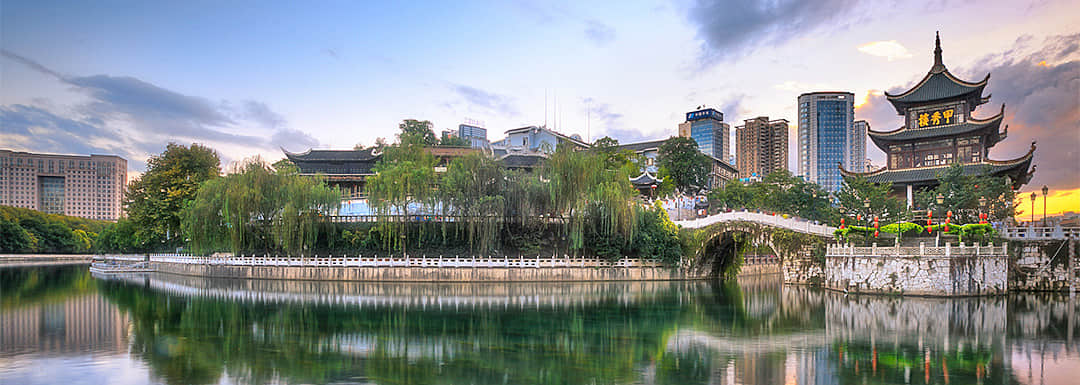
Jiaxiu Pavilion was built in the Ming Dynasty, and got destroyed once. After its renovation, it was renamed Laifeng Pavilion. In the Qing Dynasty, it went through several repair works, and the original name was used again. The existing building was rebuilt in the first year of Emperor Xuantong (1909 CE, the last Emperor of China). The three-storied building has a fence of white granite. Each layer is narrower than the one below it. The total height from the bridge to the top roof is 20 meters. Nanming River flows from the front of the building and sinks into Hanbi Lake. At one side of the building, a Floating Jade Bridge connects both banks and Hanbi Pavilion stands on the bridge. Jiaxiu Building, with its red beams and green tiles, stands in the elegant surroundings. The scene lives up to the name of the building “Supreme” (literally translated). In 2006, as a part of the ‘Wenchang Pavilion & Jiaxiu Building’ site, Jiaxiu Building was listed by the State Council as a national key cultural protection relic.
- Chinese name: 甲秀楼 Jiǎ Xiù Lóu
- Constructed: in Ming Dynasty
- Estimated visit duration: 4-5 hours
- Ticket: RMB 4 per person
- Address: No. 135, Cuiwei Lane, Nanming District, Guiyang
- Open hours: 8:00-22:00 (Jiaxiu Building) 8:30-18:30 (Cuiwei Garden)
- Best time to visit: from May to November
- How to get there: Take the Bus No. 1, No. 2, No. 10, No. 12, No. 13, No. 16, No. 22, No. 23, No. 25, No. 33,No.41, No. 46, No. 51, No. 53 or No. 72 or Coach No. 61 or 62 to get there.
Highlights of the Pavilion
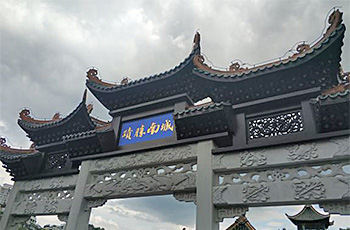
The famous ancient pavilion, Jiaxiu Building, stands on the Wan’ao Stone in the Nanming River of Guiyang (this stone resembles the legendary giant turtle). Since ancient times, Jia Xiu Lou has experienced six large-scale repairs. After four hundred years, it still stands. It is a witness to the history of Guiyang and a symbol of the history of Guiyang culture.
The three-storied, three-roof structure is unique in the history of Chinese ancient architecture. The 22.9-meter building has 12 stone pillars and is fenced with beautifully carved rails. The building stands in a picturesque landscape. Ascending the building, the surrounding scenery is all vividly clear to see. The Floating Jade Bridge appears like a reclining white dragon. The 90-meter long body passing through the ground floor and connecting the two banks, Hanbi Pavilion on the bridge, Hanbi Lake and Lunar Reflection Platform under the bridge, as well as Cuiwei Pavilion to the south of the bridge, together provide a complete picture.
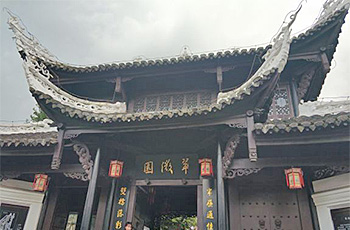
Jiaxiu Building is divided into three parts: the first part is the Floating Jade Bridge; the second part is the main building; the third part is the Cuiwei Garden. There is a stone arch on the beginning of Fuyu Bridge, showing the characters of “South City Relics”. Hanbi Pavilion sits on the bridge with its main body fenced with beautifully carved rails. The building stands in a picturesque landscape. Cuiwei Garden is a group of ancient buildings built in the Ming and Qing Dynasties that is composed of Gongnan Pavilion, Cuiwei Pavilion and Longmen College. At the same time, the newly-built Guizhou Minority Traditional Costumes Exhibition Hall has collections of hundreds of traditional costumes, hand-embroidered products and folk wax printing fabrics from the Miao, Dong, Yi, Shui (a branch of Dong), Tujia, and Buyi ethnic groups in Guizhou Province. People find it amazing. The traditional national costumes and ethnic handicrafts displayed in the museum are the embodiment of Guizhou's ethnic minority culture and art, and of course the pride of locals.
Close to Jiaxiu Building stands a Ming Dynasty architecture called Cuiwei Garden, whose history can be traced back to more than 500 years ago. Originally it belonged to a temple and there was a garden nearby. Nanxun was once visited by an ancient philosopher called Wang Yangming. In "Two Poems on Nan’an", he wrote: "Pine forests and mountains are all in the rain” and "Fishermen have pulled up nets and are driving boats home”. Later, Nan’an was converted into Cuiwei Garden, which integrates the temple with the garden and the courtyard.
Drop us a line and we'll connect you with the top China expert in no time!
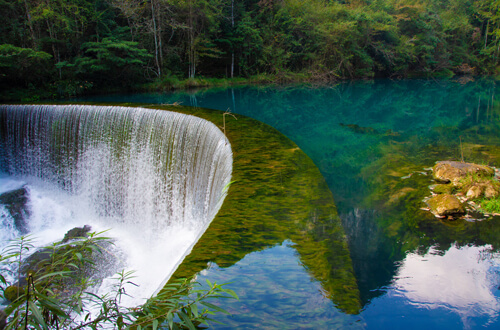 6 Days Guizhou Karst Landscape Tour
6 Days Guizhou Karst Landscape Tour 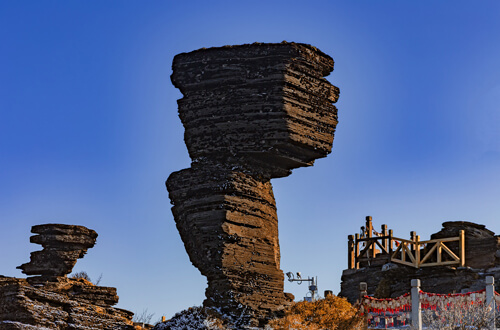 6-Day Guizhou Miao Cultures and Mount Fanjing Tour
6-Day Guizhou Miao Cultures and Mount Fanjing Tour 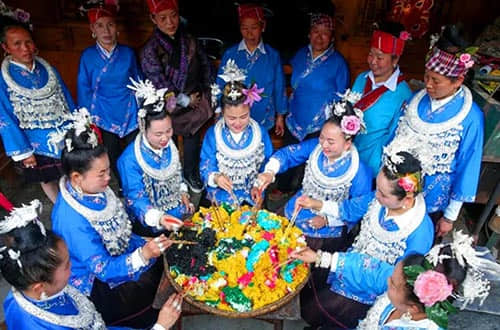 Sisters’ Meal Festival Tour
Sisters’ Meal Festival Tour  Community Service in an Ethnic Minority Village
Community Service in an Ethnic Minority Village